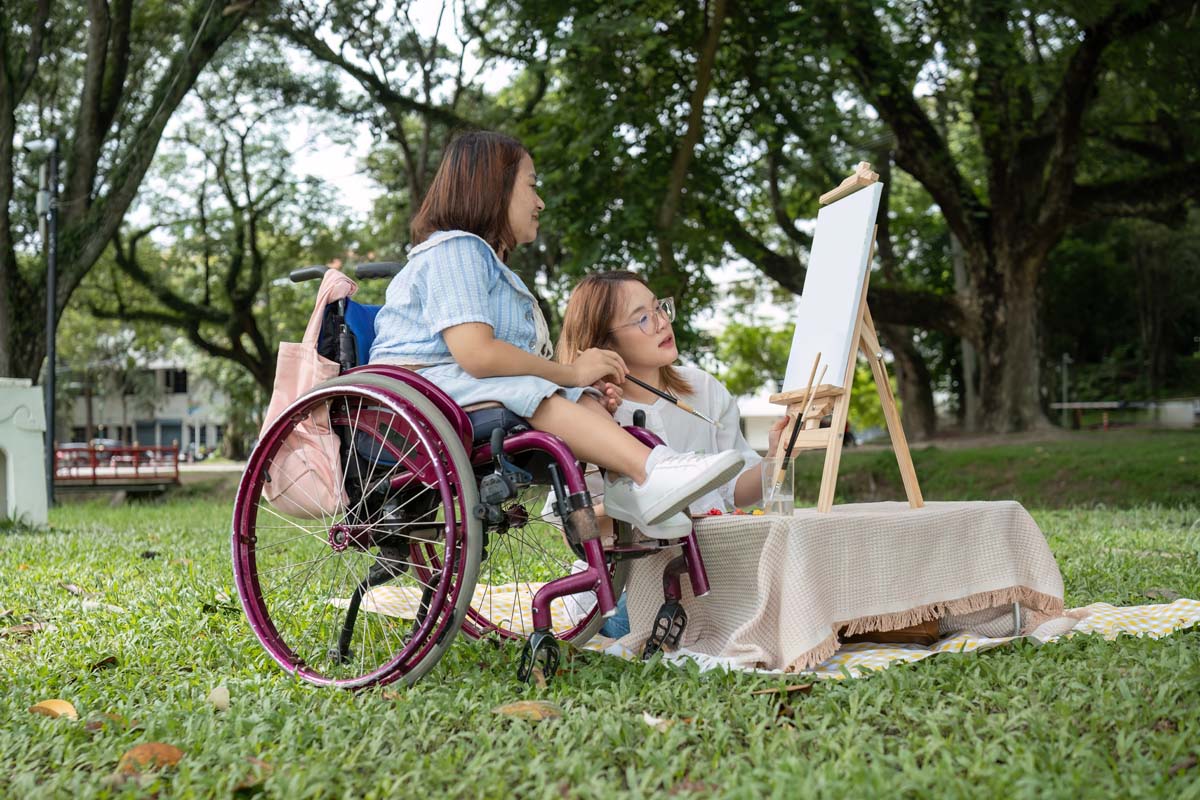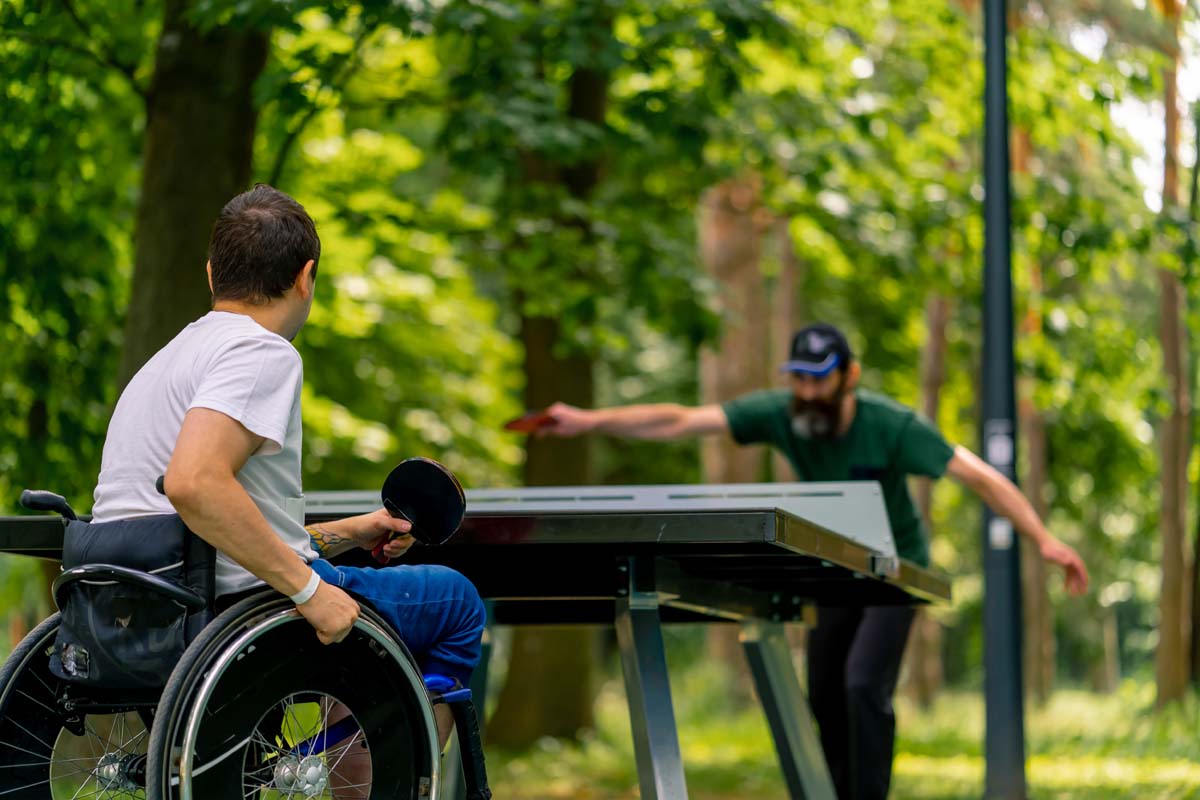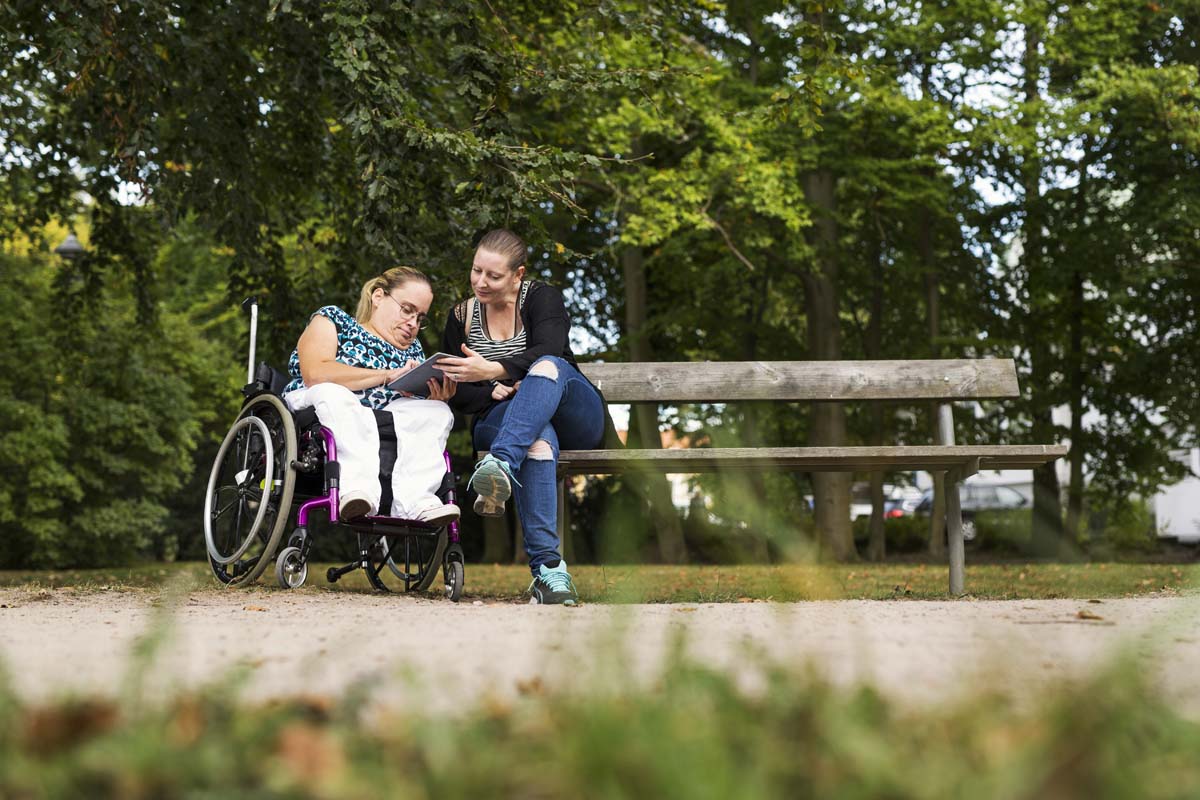Access to nature should be for everyone. But for many people with disabilities, significant barriers still exist. A recent scoping review explores how new initiatives are breaking down these obstacles, making outdoor experiences more inclusive. As Fashion Weekly highlights accessibility and social progress, we explore how fashion, sustainability, and inclusion intersect with nature access for people living with disabilities.
The Barriers to Nature Access
Physical Challenges
Many natural spaces are not designed with accessibility in mind. Uneven terrain, steep trails, and a lack of inclusive infrastructure create barriers to physical activity for people with disabilities. Whether it’s individuals with mobility impairments or young people with disabilities, better planning and adaptive interventions are crucial for change.
Social and Attitudinal Barriers
Beyond physical constraints, social perceptions also limit access. Misconceptions about the needs of people with intellectual or psychosocial disabilities often result in exclusion from outdoor activities. Education and advocacy play a key role in improving the participation of people with disabilities.
Policy and Systemic Issues
Laws and policies have progressed, yet gaps remain. While the National Disability Insurance Scheme (NDIS) supports various accessibility initiatives, the broader integration of disability access into urban planning and environmental policies is still evolving. Aligning strategies with the United Nations Convention on the Rights of Persons with Disabilities and Sustainable Development Goals can ensure long-term change.

Enhancing the Lives of Disabled People Through Accessibility and Inclusion
Spending time in nature is essential for the mental and physical health of all individuals, including children with disabilities, young adults with intellectual disability, and people with multiple sclerosis or mental health conditions. Research evidence highlights how access and inclusion in outdoor spaces can reduce social isolation and improve the lives of people in marginalised groups. A well-structured disability action plan should focus on enabling people to participate in physical activity, fostering increased social interactions, and addressing the physical and social barriers that hinder accessibility for all people.
Embracing Nature
In 2021, initiatives included within the disability strategy aimed to improve service delivery and enhance accessibility to natural spaces. By recognising the priorities of people with disabilities and valuing their lived experience, we can develop solutions that include people from all backgrounds. Social media platforms also play a crucial role in raising awareness and promoting access to support. By integrating experiences and knowledge from diverse communities, we can create a more inclusive world where people and the environment coexist harmoniously.
How Can Nature Be More Inclusive?
Adaptive Technology for Accessibility
Innovations like all-terrain wheelchairs, braille trail maps, and VR nature experiences are transforming outdoor access. These technologies enhance participation in physical activity among people with disabilities, ensuring that nature experiences cater to diverse needs.
Inclusive Outdoor Activities

Organisations are increasingly offering nature programmes designed to be accessible to people with disabilities. From guided sensory walks for people with visual impairments to inclusive adventure camps for children and young people, these initiatives encourage social interactions and outdoor engagement.
Policy-Driven Action Plans
Governments and organisations must prioritise disability inclusion in climate action and urban planning. By incorporating accessible green spaces into cities and protecting natural environments through sustainable policies, we can enhance the health benefits of nature for all.
Moving Forward: A Call for Inclusive Practices
Fashion Weekly celebrates the intersection of accessibility and sustainability. By supporting initiatives that increase disability access in nature, we contribute to a more inclusive society. Whether it’s through adaptive fashion, accessible tourism, or advocacy, making outdoor spaces more inclusive benefits everyone.
Nature is for all—let’s ensure it stays that way.



















